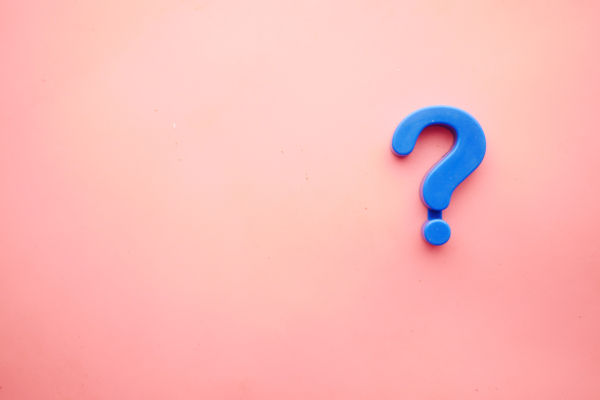
What is interstitial cystitis/bladder pain syndrome?
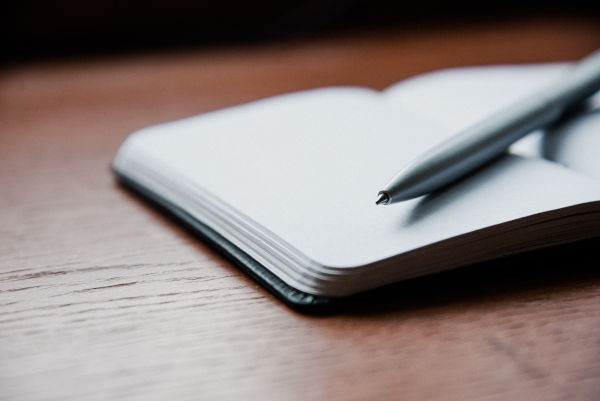
Symptoms of interstitial cystitis/bladder pain syndrome
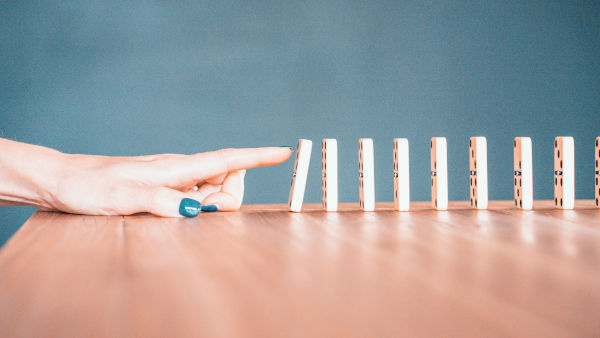
What causes interstitial cystitis/bladder pain syndrome?
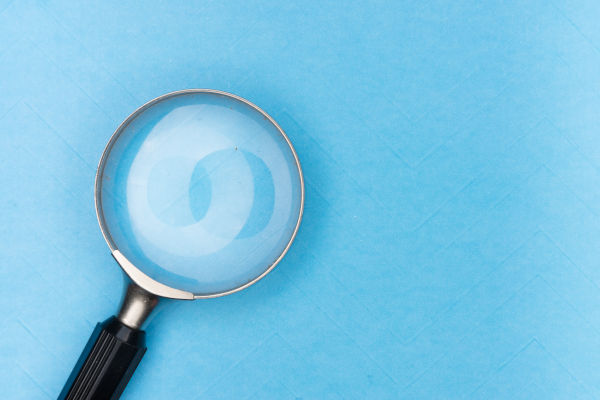
Diagnosis of interstitial cystitis/bladder pain syndrome
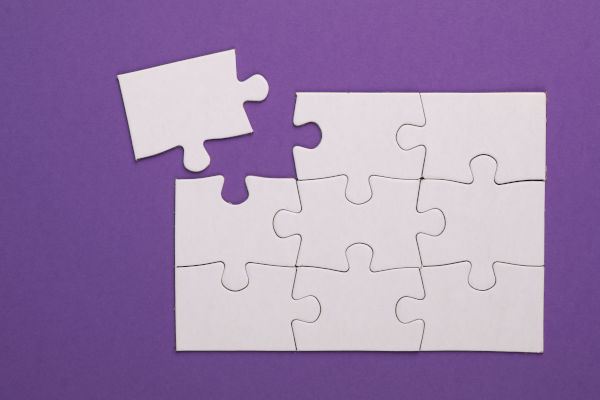
Treatment of interstitial cystitis/bladder pain syndrome
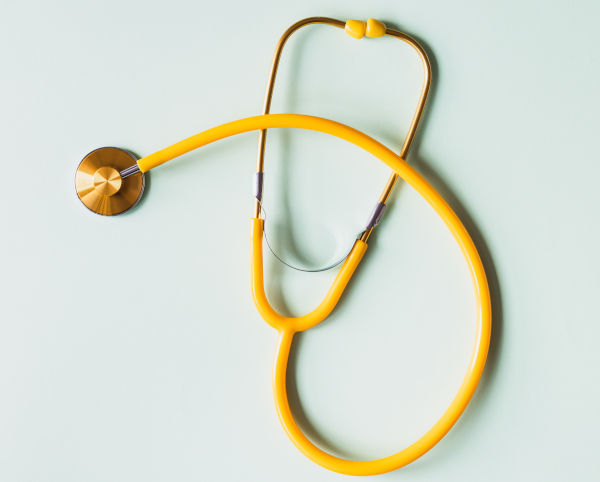
Who treats interstitial cystitis/bladder pain syndrome?
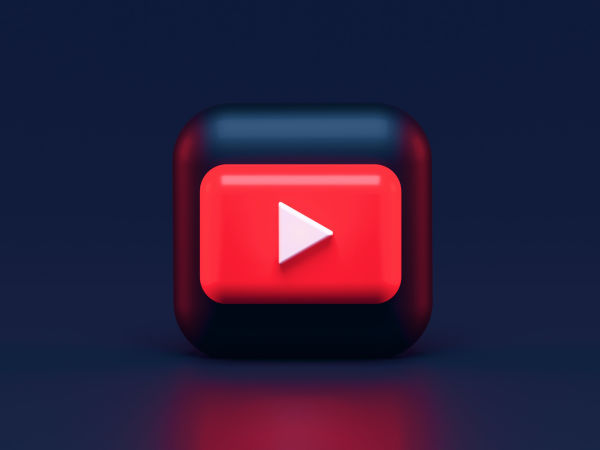
Videos on interstitial cystitis/bladder pain syndrome

Monitor Urinary Symptoms

Additional resources
What is interstitial cystitis/bladder pain syndrome?
Back to topInterstitial cystitis/bladder pain syndrome, or IC/BPS, is a condition in which people experience chronic bladder pain or discomfort, without a bladder infection or other obvious cause for pain.
IC/BPS is quite common, affecting about 5% of people, and is slightly more common in women than in men. This condition likely affects more people than these estimates indicate, and many people experience symptoms for many years before receiving the correct diagnosis.
Symptoms of interstitial cystitis/bladder pain syndrome
Back to topSymptoms of IC/BPS most commonly include bladder pain or pressure. Many people report that pain increases as the bladder fills with urine and decreases after they empty their bladder. Pain may be focal to the bladder or urethra but is also commonly felt in the lower abdomen and sometimes even the back. Many people report that need to empty their bladder very frequently, or that they feel a sudden, urgent need to empty their bladder, which is likely in response to the discomfort associated with a full bladder. Urinary frequency associated with IC/BPS can have a very negative impact on their overall quality of life because people feel that they always need to plan any activity around restroom availability or have very poor sleep quality because they wake up so frequently to empty their bladder overnight. Sexual pain is also very common in people with IC/BPS.
Symptoms of IC/BPS usually fluctuate over time, meaning that many people go through periods with minimal to no symptoms, followed by periods when symptoms “flare” or become much more intense. Some people may be able to identify things that can trigger symptoms flares, such as foods, beverages, or activities. But others feel that symptoms flares are random.
Many patients have been told that they probably have a urinary tract, or bladder infection, as the symptoms of IC/BPS can be similar. But the urine tests to evaluate for infection are usually normal.
What causes interstitial cystitis/bladder pain syndrome?
Back to topThe cause of IC/BPS is still unclear. There does seem to be a genetic influence in some cases. A very large percentage of people with IC/BPS have myofascial pelvic pain, which is a condition where the pelvic floor muscles can become very painful and hypercontractile or spastic. The pelvic floor muscles form a support sling around the bladder, so it is possible that pain or dysfunction that starts in the pelvic floor muscles spreads to the bladder, or vice versa. This may be part of the reason that some people with this condition experience increased bladder pain after intercourse or other activities.
In some people, the protective lining on the inside of the bladder seems weaker, allowing the nerves under the lining to be irritated more easily. This may be the reason that some people with IC/BPS have an improvement in pain when they eliminate specific foods or drinks that cause the urine to be more irritating to the bladder lining or nerves. In some people, immune cells called mast cells can become activated and cause too much inflammation in the bladder, usually occurring after some other insult or injury.
Finally, the brain appears to play an important role in this condition, as it appears that signals from the bladder are abnormally processed, or amplified, in many people with IC/BPS.
Diagnosis of interstitial cystitis/bladder pain syndrome
Back to topIC/BPS is diagnosed primarily based on symptoms. Currently there are no reliable laboratory tests, imaging studies, or other objective tests for diagnosing IC/BPS. However, your health care provider will likely recommend some testing to rule out other conditions that have similar symptoms. This may include a test to look for an infection or blood in the urine.
A physical exam is often helpful to differentiate IC/BPS from other conditions that may present with similar symptoms. For women, this may include a pelvic exam to evaluate for pelvic organ prolapse, a ureteral diverticulum, a uterine or cervical mass, or vaginal mesh. It also may include a brief assessment of how well the bladder is emptying.
It could also include a test called a cystoscopy, where a very small camera is inserted into the bladder to look for any unusual findings, including bladder cancer. About 5-10% of people with IC/BPS will have something called Hunner lesions in the bladder, which are areas of inflammation in the lining of the bladder. These are not concerning for cancer, but many people find that bladder pain does improve if the lesions are treated.
Treatment of interstitial cystitis/bladder pain syndrome
Back to topTreatment of IC/BPS depends on specific symptoms and causes, and unfortunately there is not a specific set of treatments that work for everyone. It may be very helpful to work with a health care provider who has expertise in managing this condition, which may include a urologist or your primary care provider if they have training in this area.
The goal is to find a combination of therapies including behavioral modifications, medications, therapy, and relaxation techniques that can help a patient manage their symptoms. This can take some trial and error to figure out what works best for each patient.
Self-Care
- Heat or cold – During a symptom flare, many people find it helpful to try placing either a cold pack (a bag of cold peas works great!) or heating pad over the bladder or vulva to decrease pain. This is a very simple but often very effective technique to help distract the nerves in the area. There is not a consensus of whether heat or cold is better, so try both and see what works best for you. Be careful to protect the sensitive skin in this area by wrapping the cold or hot pack in a pillowcase or washcloth and avoid prolonged skin contact with either cold or heat.
- Dietary modification – Some people find that avoiding certain foods or beverages may reduce symptom flares. A detailed list is available at the Interstitial Cystitis Association link below, but includes caffeine, alcohol, citrus, tomato, and spicy foods among others. The general recommendation is to try to eliminate all foods on this list until bladder symptoms improve. Then reintroduce one item at a time to see if symptoms worsen again. It may be helpful to keep a food diary and use the Urinary Symptoms tracker in Monitoring Progress to help you identify which foods or beverages trigger your symptoms. The goal is not to completely avoid all foods that have potential to cause issues, but rather to identify your specific trigger foods so that you can avoid these but otherwise eat a varied and satisfying diet.
- Fluid management – If you find that you are waking up to empty your bladder more than once per night, you may find it helpful to restrict fluid intake in the late afternoon or evening. Many people also find that symptoms improve if they minimize fluid intake generally throughout the day. It is important to drink enough to keep your urine a light-yellow color, but many people are drinking far more water or fluids than is necessary for adequate hydration. In some cases, restricting fluid intake actually makes the urine so concentrated that it is irritating to the bladder wall. You may need to monitor your fluid intake and voiding using a diary until you can determine what the right balance is for you.
- Bladder training – Many people with IC/BPS will stop to use the bathroom even when they don’t yet feel the need to empty “just in case” they end up having the urge to go in an inconvenient location. This coping strategy can lead to a new problem, called urinary urgency, in which your bladder feels that it needs to empty anytime there is a small volume of urine inside. However, it is possible to retrain the bladder so that it can tolerate slightly higher urine volume before sending the urge signal. More detailed instructions are available at the Interstitial Cystitis Association link below. But the general approach is to introduce specific techniques to increase your comfort level with fluid in the bladder so that you can slowly increase the voiding interval over several weeks. You may find that some of the strategies in Relaxation and Mindfulness to be very helpful during bladder training.
- Cognitive and Behavioral Strategies - Many people with IC/BPS report significant stress or anxiety because of urinary symptoms and pain. It can be challenging to communicate with family or friends about the condition, particularly as urinary and bladder symptoms feel like a “private” issue. Techniques in the Cognitive and Behavioral Strategies module can help you manage the many ways that IC/BPS affects your function and quality of life.
Professional Care
- Pelvic Physical Therapist – Pelvic myofascial pain is present in a very high percentage of people with IC/BPS and can contribute to symptoms. Your health care provider can determine whether you have pelvic myofascial pain and provide a referral to a pelvic physical therapist if indicated. See Myofascial pain and Pelvic Physical Therapy for more details.
- Urologist, Urogynecologist, or Primary Care Provider - You should work with a health care provider who has expertise in managing IC/BPS. They can ensure that you have had an adequate evaluation to rule out other causes of symptoms and can make recommendations for medications or other treatments. Many patients find adequate improvement in symptoms with behavioral changes and pelvic PT, but other patients may benefit from the addition of medications, such as amitriptyline or antihistamines, or from procedures, such as bladder hydrodistention or intravesicular therapies. Recommendations will depend on your specific symptoms or contributions. You may request a referral to a provider who specializes in IC/BPS if you do not feel that you are receiving adequate evaluation, education, or support.
Who treats interstitial cystitis/bladder pain syndrome?
Back to topIC/BPS is typically managed by a urology, urogynecologist, or primary care provider if they have training in this area. You may also benefit from referral to a pelvic physical therapist depending on your specific symptoms.
Videos on interstitial cystitis/bladder pain syndrome
Back to topMonitor Urinary Symptoms
Back to topAdditional resources
Back to topIC diet - Interstitial Cystitis Association: Interstitial Cystitis and Diet - Interstitial Cystitis Association (ichelp.org)

